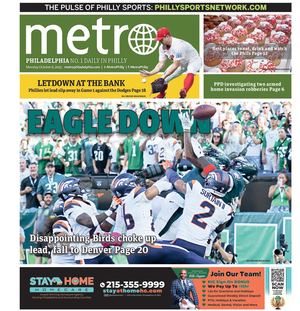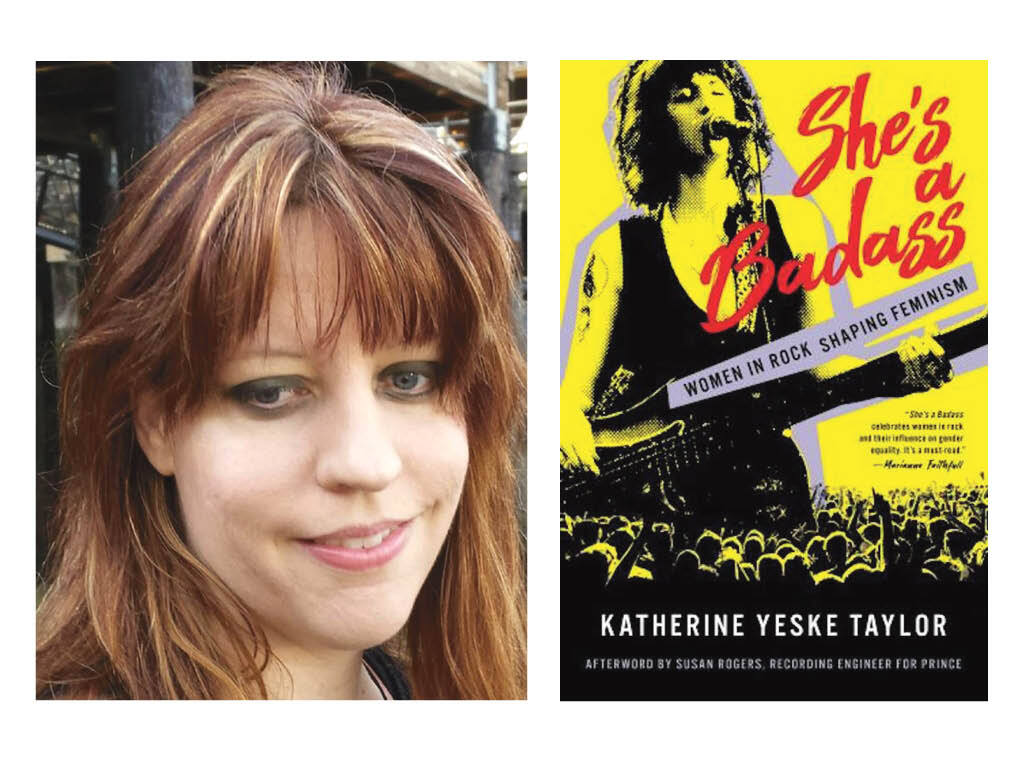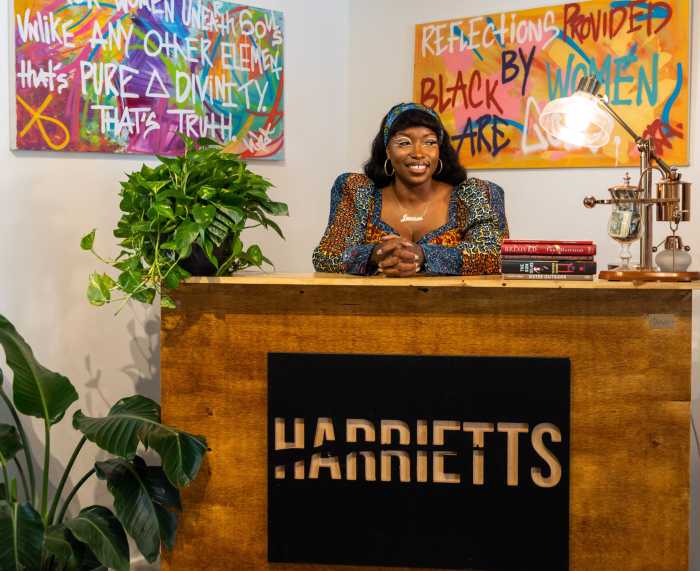At a time when Billboard’s Hot 100 and Top 200 charts are filled with doyennes of pop such as Ariana Grande and Taylor Swift, R&B goddesses Beyonce and SZA, and country ladies like Kacey Musgraves and… OK, Beyonce again, the topic of Kat Taylor’s newest book is something of an anomaly — the women of rock and roll, punk and metal.
With that, Taylor, an area journalist who has worked for Spin and American Songwriter, penned and published ‘She’s A Badass: Women in Rock Shaping Feminism‘. Filled with interviews from rock’s most-forward-thinking, inclusive doctrine-focused women such as Ann Wilson (Heart), Exene Cervenka (X), Gina Schock (The Go-Go’s), Amy Ray (Indigo Girls) Tanya Donelly (Throwing Muses/The Breeders/Belly), Lydia Lunch and more, Taylor is currently on a ‘She’s a Badass’ reading tour with dates at Narberth Books (March 21), Philadelphia’s Head House Books (March 22) and Oldwick, New Jersey’s Howling Basset Books (March 23).
“After writing this book, I actually came to realize just how different the music journalism business is for women,” said Taylor. “It’s not perfect, but it is certainly better than when I started. And I’d like to think that it is better for everyone – anyone who has felt marginalized in the past. When I started, I often was the only woman on staff, which was particularly scary when the older male journalists didn’t want to let me in the club. Now, 30 years later, the business has evolved – and that is a hopeful thing.”
When Taylor first came up as a writer, she didn’t consider feminism, not for herself or her journalistic charges. She was someone who loved music and loved to write. It was only when she began digging deep into the lives and work of woman artists such as those in ‘She’s a Badass’ that she began to see like-mindedness and correlation.
“These were woman who felt as if people didn’t want to give them a chance, and were often disrespected. When I saw the Riot grrrl movement of the 90s take off, just when my career as a writer was taking off, the dots became clearer to connect. It was a new wave of feminism, and activism.”
Taylor explains that speaking with female legends of rock such as Marianne Faithful, who first found fame in the 1960s, was considerably different from talking with 70s icons such as Heart’s Ann Wilson, 80s doyennes such as Lydia Lunch, and more recent contemporaries such as Orinathi.
“I ordered the book chronologically so that people could read how these artists’ attitudes and approaches have changed across the decades,” explains Taylor. “One thing I noticed with the older artists is that those women had to be more overt in their activism, really stand up to those who were trying to keep them down. The younger women artists see their standing on a stage, itself, as a form of activism. If anyone has a problem with it, they are able to say something out-loud and be taken seriously.
That’s something that I found the older female artists had trouble with: being taken seriously. The prevailing attitude for women who had any complaints (about misogyny and such) in the past was that they had to shut up and take it.
“Not anymore though. Now, when women artists speak up, they are heard.”
And for the record, now as a journalist who has seen her share of shows and touring acts – in front of and behind the stage – Kat Taylor has a greater empathy for that experience and all that an artist must go through.
“I have a new-found respect for all artists,” she said, “having to dodge questions during interviews and having to make sure that you don’t say anything stupid.”




























